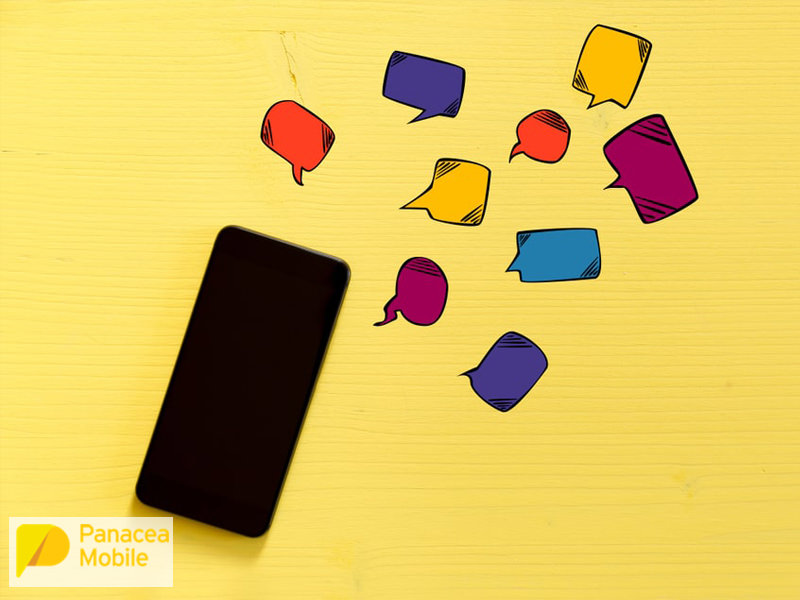
25 Jul The Marketing Pull Of Push Notifications
We’ve all seen it. The message that appears after you download an app, asking for permission to send you push notifications. But what are they? And why do we want them?
Mobile push notifications are essentially messages sent to your smartphone by an application you’ve installed. They’re typically used to deliver information relating to reminders, personalised offers (coupons or discounts, for example), product updates, breaking news and sports score updates, traffic and weather alerts, flight check-in or itinerary changes, or anything to do with the functionality of the app that you need to action urgently. Their arrival usually triggers some kind of notification – such as vibration or a sound – to let you know you need to check your phone.
Push notifications can be sent any time – not only when you’re actively using the app. They are similar in appearance to text messages and mobile alerts, but they’re far more targeted. They only reach those people who have not only installed your app but also opted-in to receive them. This makes them a highly effective marketing tool as they go directly to people who want to be informed about anything to do with your product or service.
They’re the perfect way for app publishers to speak directly to their users. Push notifications don’t languish unread for days in a forgotten inbox, nor do they get thrown out by spam filters. They also deliver messages in real-time. All of which is why they enjoy a click-through and open rate twice that of email notifications.
They’re also seen as a more effective messaging medium than SMS messages, purely because the latter are frequently unsolicited, and more difficult to disable. The opt-in and opt-out functionality of a push notification means users have far greater control over the messages they receive.
How To Create Effective Push Notifications
Noah Weiss, Head of enterprise messaging service Slack, says: “A great mobile push notification is three things: timely, personal and actionable.”
It also has to be exceptionally well written, as strict character limits apply to both the title and the body content of the notification. So you have to ensure you keep things clear and concise without sacrificing the effectiveness of your message. Depending on the platform, you usually have between 40 and 120 characters to get your message across and inspire action. Use them wisely!
There isn’t a hard and fast formula when writing push notifications, but studies show the most effective messages (with an 8.8% click-through rate) contain 10 words or fewer. Those with between 11 and 20 words have a 4.95 CTR and ones with over 20 words have a CTR of just 3.2%.
Remember that the overriding purpose of your message is to get your subscribers to click. To achieve this, there has to be something of value for the subscriber. People are busy, and no one has time for vague messages that offer nothing of benefit. So write “Our brand new range of cookware is now 50% off” instead of “Are you thinking about buying new saucepans?”
Scarcity is another great tactic to encourage people to click. “50% off cookware until tomorrow only!” encourages more immediate action than “Our cookware is half price for the rest of this month.”
Best Practice For Sending Push Notifications
Push notifications are a direct path to your users, but it is this exact benefit that means you have to tread very carefully when sending messages. It’s important to adopt strategies that will maximise opt-in rates and reduce churn.
One of the most important things to get right is the frequency of your notifications. Studies show that customers are less likely to disable notices when they receive fewer than five notifications a week. Go over that, and you risk losing customers. In fact, almost a third of app users stop using it completely if they get between six and 10 notifications per week.
When done correctly, mobile push notifications are the gateway to reigniting consumer engagement with your app. Get it wrong, however, and you stray into “spam” territory, and that’s a sure-fire strategy to make sure your app is uninstalled in numbers!
You need to hit that sweet spot – give just enough information to inspire interest and capture attention without being “sales-y.”
Talk to Panacea Mobile about how you can intelligently reroute SMSes to push notifications on iOS, Android and BlackBerry devices. Native SDKs enable quick integration.


No Comments